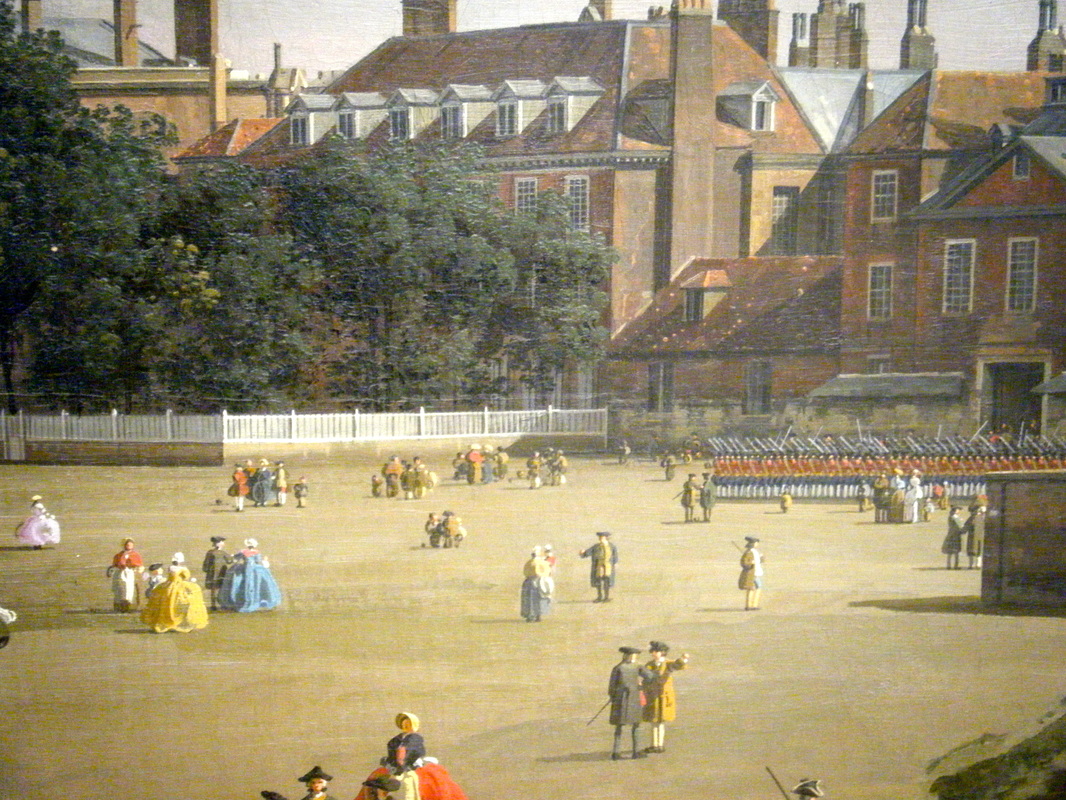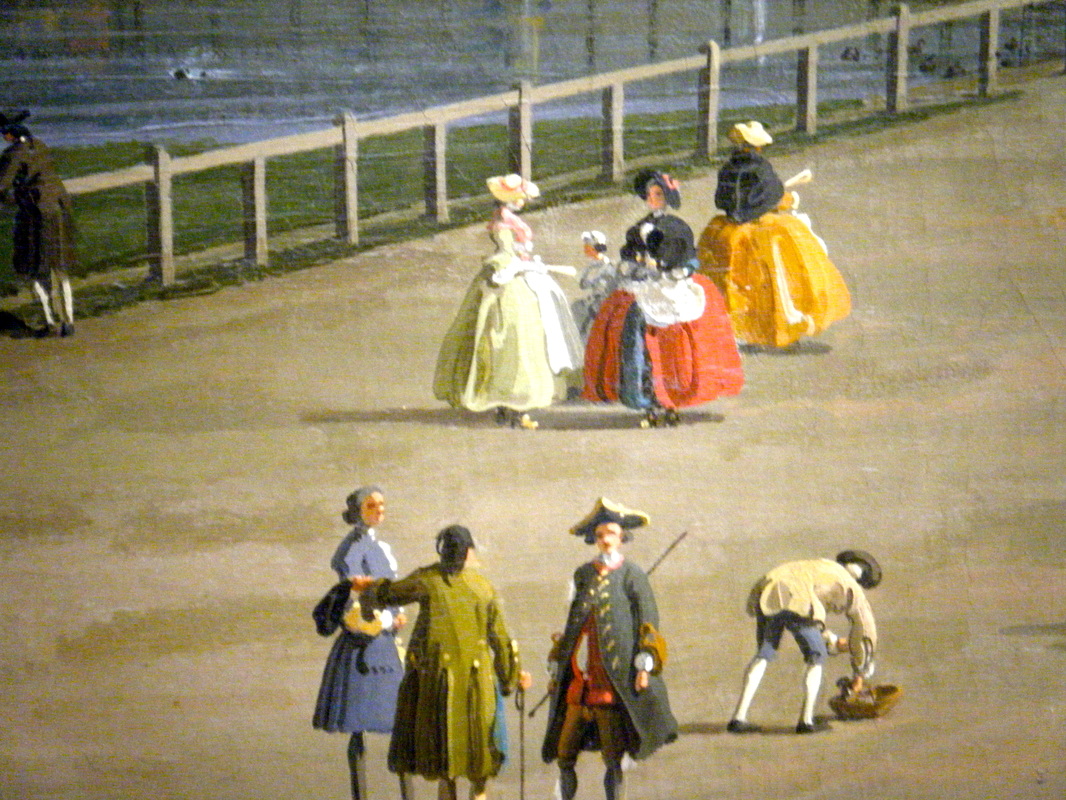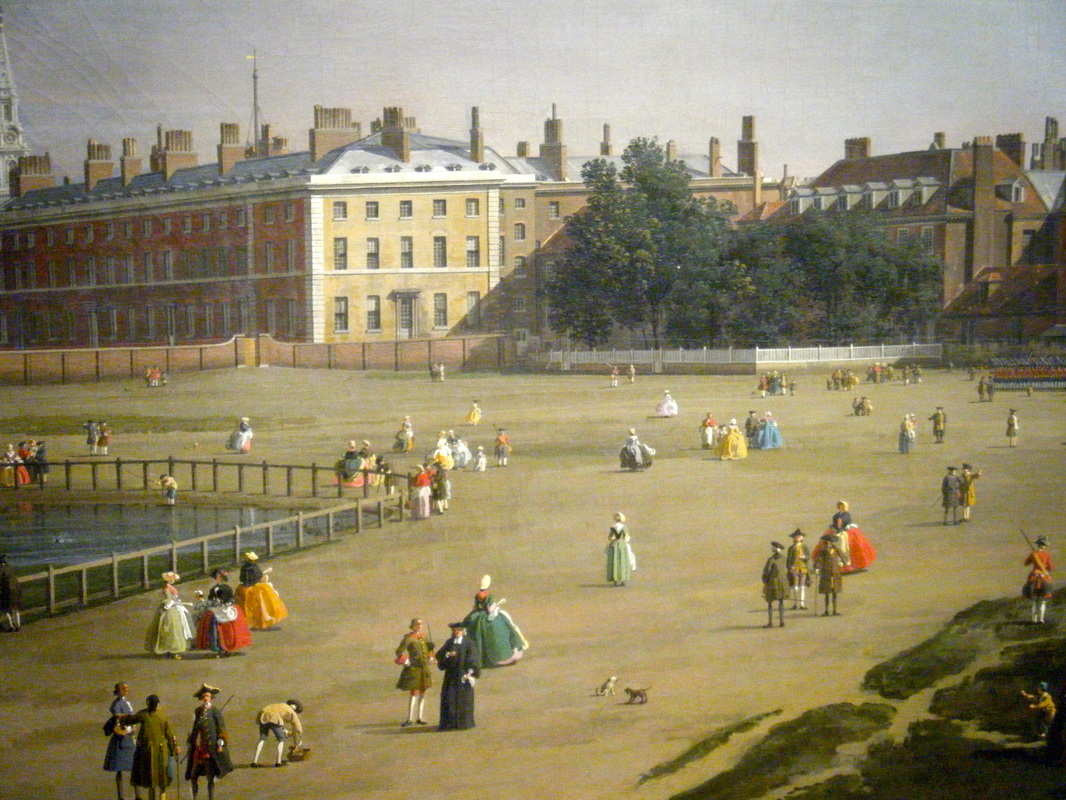The other day I spent a rewarding morning with a friend walking halfway through Tate Britain’s new ‘hang’ – a rearrangement and refresh of its collection of British art, providing a circuit from 1545 to the present day. We only made it halfway through before we had to head out to other commitments, but we made a firm promise to do the rest of the circuit as soon as we can.
The walk takes you around the perimeter of the main gallery, and the works are hung in chronological order, as opposed to by theme or movement – thus creating, as the Tate’s notes state, an ‘open conversation’ between the works, and indeed between the viewer and the viewed. The end result allows you to form your own conclusions about the relationships between the works, and to think about why some works have become so well loved and others so unknown. Skill, certainly, marks some out from others; the collection includes the great, the good, the bad and the indifferent. Seeing paintings together that may have nothing in common but the year in which they were made gives on the one hand a strong sense of what was fashionable in the way of painting styles and subjects and, on the other hand, a unique insight into the way artists responded to their contemporaries – or sometimes seemed to ignore them.
Hogarth’s great idea led to the formation of the Society of Artists and, indirectly, to the establishment of the great museums of the city over the next 150 years. The Royal Academy was founded in 1768 and ran its first exhibition the following year. The National Gallery opened in its current site in Trafalgar Square in 1838, the Victoria and Albert Museum opened in its South Kensington site in 1857, and Tate Britain opened in Pimlico 1897. It was a golden age of acquiring art for the nation, and it illustrates how the public’s access to art has changed so dramatically from the time of Canaletto’s Horse Guards painting.
Tate Britain: BP Walk through British Art



 RSS Feed
RSS Feed
